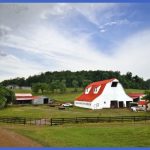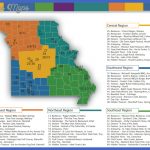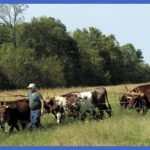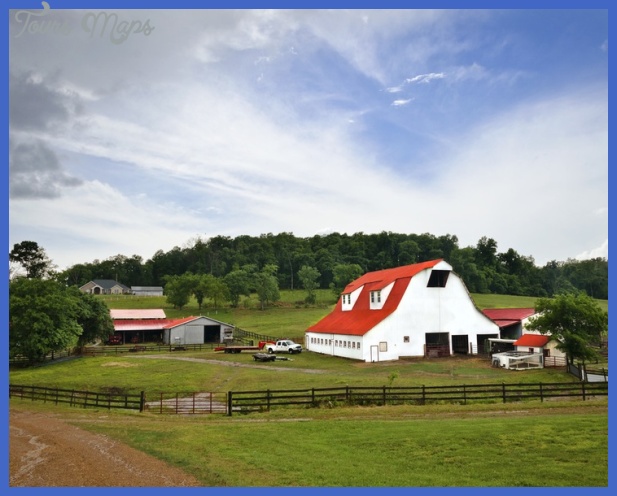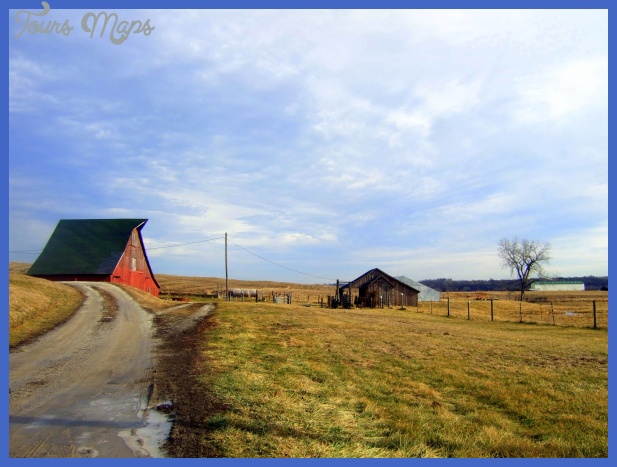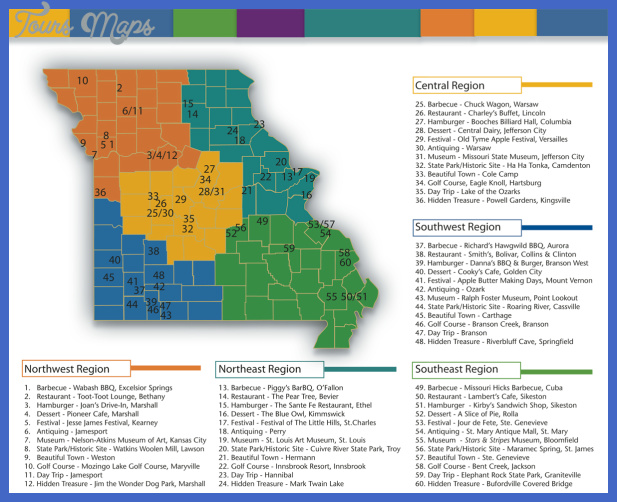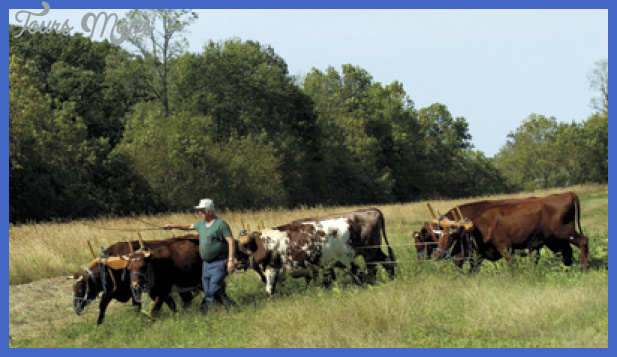Latinos in rural Missouri have a very different profile. Most are first-generation migrants who speak Spanish only, earn low wages, and are young and with children. Other areas that showed exceptionally high numbers of Latinos in 2000 are the southwest and central rural counties of the state, including Sullivan, Moniteau, Pettis, Lawrence, Saline, Taney, Dunklin, and Jasper.
Labor and Industry
After the Alien Labor Act of 1885, which further barred Chinese migrants from entering the United States, Latino migrants became the source of cheap labor in Missouri. Throughout the early twentieth century, U.S. employers recruited Mexican workers in El Paso and transported them by railroad to jobs in Missouri, Kansas, and elsewhere in the Midwest (e.g., Illinois, Michigan, and Ohio), where they found jobs on railroads, in meat processing plants, and in sugar beet fields. In the early decades of the twentieth century, these Mexican workers may have gone back to Mexico and Texas in the winter, but as circular migration increased between Missouri and Mexico, more Latino settlements began to emerge. Latino farmworkers tended the western apple farms, and the southeastern cotton, soybean, wheat, and rice farms. More recently the increased demand for workers in the meatpacking industry has influenced migration of Latinos to Missouri.
Third-generation Latinos and educated Latino migrants have diverted from agriculture to entrepreneurship. In 1977 the Hispanic Chamber of Commerce was formed to represent Latino business interests before the public and private sectors. Currently, the organization aims at developing a network that would bring cohesion to the Latino business community, and at promoting economic growth and development of its member businesses and their communities.
Rural Missouri Photo Gallery
Maybe You Like Them Too
- The Best Cities To Visit in The World
- World’s 10 Best Places To Visit
- Coolest Countries in the World to Visit
- Travel to Santorini, Greece
- Map of Barbados – Holiday in Barbados


